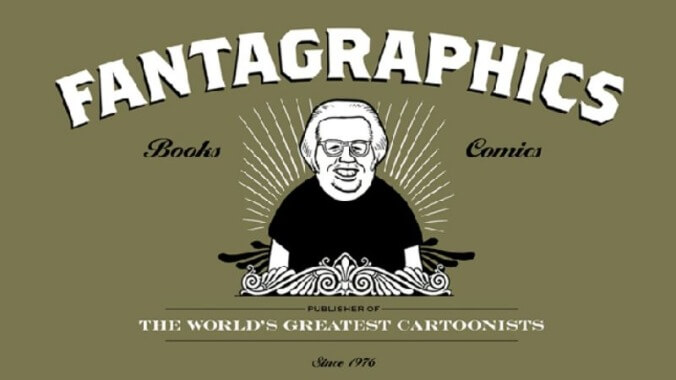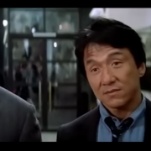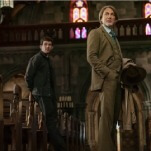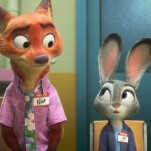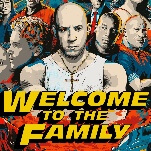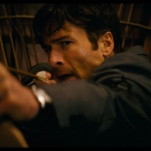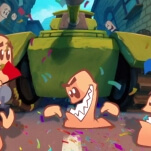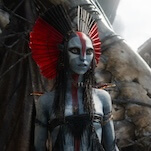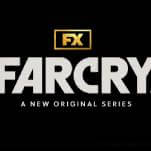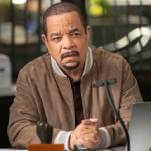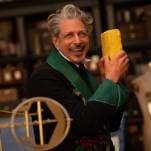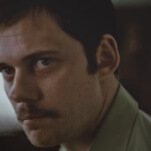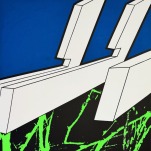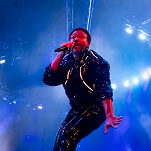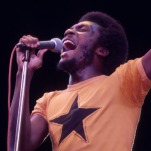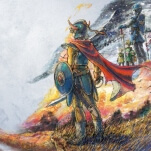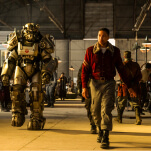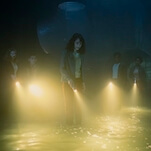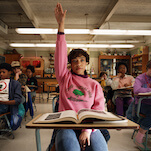“It was a house in the middle of this very pretty, pristine, relatively new suburban community,” he says. “All beautiful houses with trimmed lawns. I was driving there and assumed I had the wrong address. Lo and behold, there’s a house where the whole front yard is a parking lot, and comic books are pressed against the window. Yeah, I knew I had the right place—and of course the neighbors hated them.”
Here, Fantagraphics is the less crazy house on the block; the house next door is owned by a hoarder who practices witchcraft and adorns her property with strange hand-painted signs. By comparison, that house full of comic-book nerds practically raises property values.
It certainly would for comics fans looking to relocate, because this unassuming house on Lake City Way is a haven for comics’ past, present, and future. Fantagraphics began in the mid-’70s with its critically minded Comics Journal, but it helped define alternative comics starting in the ’80s. The company’s identity further evolved in the ’90s, with ambitious Daniel Clowes stories like Ghost World drawing mainstream attention, and Bagge’s Hate becoming an underground hit around the same time as Seattle’s music scene, in which it partly took place. Like a reliable music label, the Fantagraphics name entailed a certain quality assurance for anyone interested in boundary-pushing comics.
Fantagraphics’ output ranged from Roberta Gregory’s raw, hilarious Naughty Bits to Chris Ware’s meticulous, heartbreaking Acme Novelty Library to Charles Burns’ haunting Black Hole. More recently, it has branched out into handsome historical collections, like the ongoing Complete Peanuts project, which reprints Charles Schulz’s brilliant comic in its entirety, and collections of E.C. Segar’s Popeye and George Herriman’s Krazy Kat.
Given the company’s interest in comics—both those it publishes and those published by others—it’s reasonable to expect Fantagraphics’ office to be a virtual museum to the form. Which it is. The basement is packed floor to ceiling with comics, and we mean literally—The A.V. Club practically begged co-founder Gary Groth to raise the shelves further off the floor in case of flooding. We don’t remember what the fire-extinguisher situation is, but we hope Fantagraphics has that covered, too—so much paper in so little space.
But it’s a comics fan’s paradise. And though the outside is unremarkable, the inside suggests Fantagraphics will continue to chronicle, and make, comics history for years to come.
